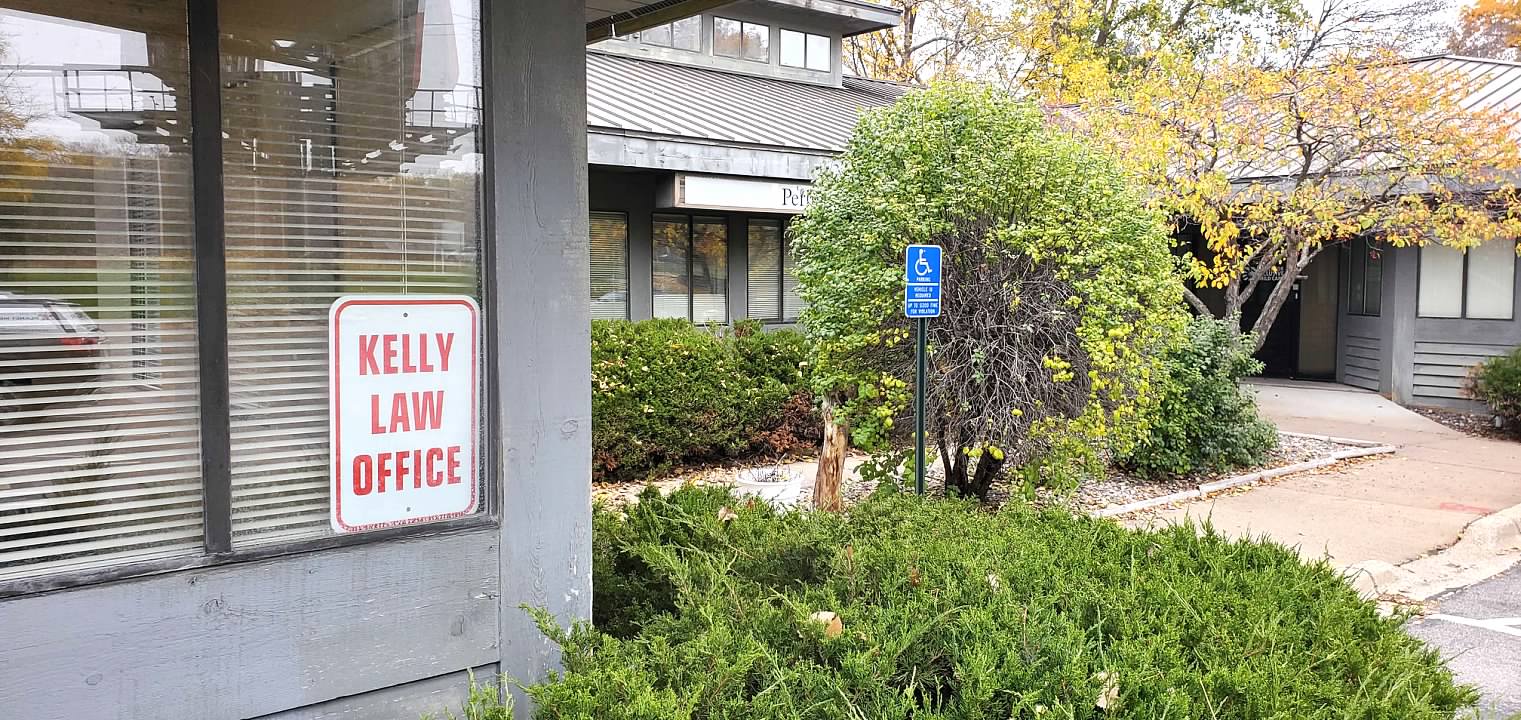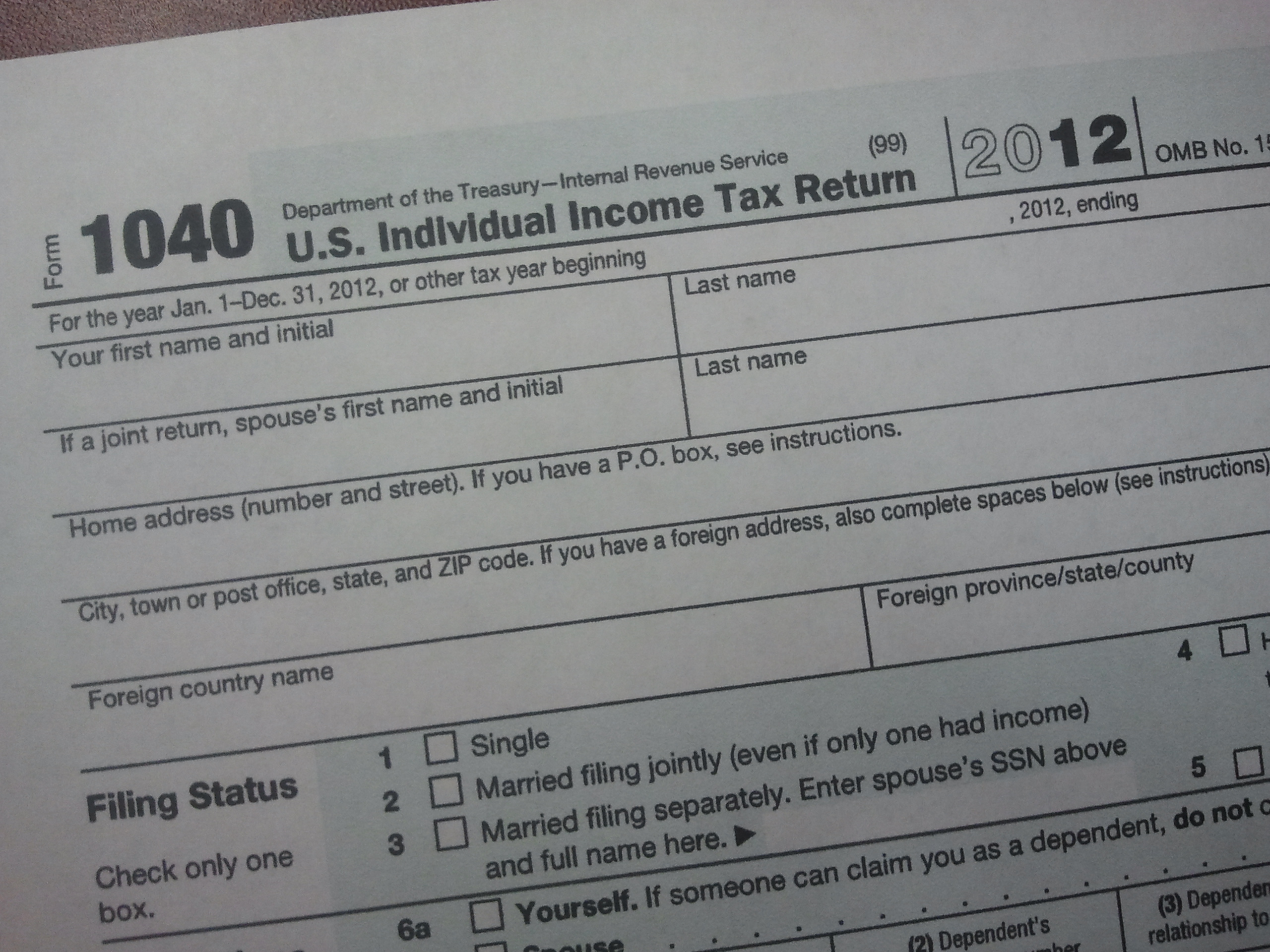Well, tax season is finally over or at least winding down. Most of my clients have already received their 2013 state and federal income tax refunds. The Minnesota property tax refund and Minnesota rent credit refund won’t be sent, however, until later in the year. Who owns the tax refunds is always a big issue in any kind of personal bankruptcy, whether it’s Chapter 7 or Chapter 13. This is because refunds not yet received are considered an asset, even the tax refunds for this year that won’t be received until next year. Most people don’t ordinarily think of these as assets, because they may be way out of reach at least for now. But the Chapter 7 and the Chapter 13 bankruptcy trustees definitely count them as assets.
In a Chapter 7 bankruptcy the starting point in answering the above question is that the bankruptcy trustee owns the refunds. This can be said because upon the filing of a Chapter 7 bankruptcy, ownership of everything – all the Debtor’s assets right down to his or her socks – is transferred to the trustee. My job as a lawyer representing the Debtor is to keep the trustee from being able to keep as much of the assets as possible by claiming those assets as exempt. Anything that’s exempt can’t be kept by the trustee. When you see the term “no assets case,” that means it’s a case where all of the assets were exempt so that the trustee was not able to keep anything. Most of the Chapter 7 cases I file fall into this category. The ownership only passes to the trustee in theory, and then it comes right back to my client. A relatively painless process.
In a Chapter 13 bankruptcy there is no passage of ownership to the trustee, but the trustee takes the assets into account when determining what the payments are to be in the Chapter 13 Plan. If there are any non-exempt assets, the payment plan must provide enough so that the unsecured creditors receive an amount equal to at least the amount of the non-exempt assets. This is referred to as the “best interests of the creditors rule.” When we know there are going to be non-exempt assets, sometimes a Chapter 13 can be preferable. This is because it is usually easier to keep an asset and make some monthly payments than it is to give up the entire asset.
When it comes to tax refunds as you can see, the key to happiness in a Chapter 7 or Chapter 13 bankruptcy is to be able to claim them as exempt. This can often be easier said than done. First of all, if you are claiming the Minnesota State exemptions, there is no exemption for tax refunds. There just was a case where the Debtor was claiming that the property tax refund was “relief based on need” and therefore exempt under the Minnesota state exemptions, but the court said no; so there remains no exemption under the Minnesota state exemptions for any kind of tax refunds, at least not that I know of.
Luckily most of my clients qualify to use the Federal exemptions. Under the federal exemptions, each Debtor has what we call a wild card exemption under which up to $12,725 of anything can be claimed as exempt. When the parties are married and filing a joint case, each of them has a wild card (also called the catch all) exemption of up to $12,725. It is often said that a married couple claiming the federal exemptions gets to double their wild card. This is absolutely not true, and you really have to be careful about that kind of thinking.
When a married couple file a joint Chapter 7 or 13 case and claim the federal exemptions, the Debtor has a wild card exemption and the Co-Debtor has a wild card exemption – but that exemption does not double. I often find myself pulling out a note pad and making a “his” and “her” column to try to keep track of this. Assets owned by “him” and claimed as exempt under the wild card go in one column and assets owned by “her” and claimed as exempt under the wild card go in the other. Joint assets can be equally divided between the columns. Neither column can total over $12,725. And beware: a lot of stuff you may think of as joint may be looked upon differently by the trustee.
When the assets include tax refunds, the question arises as to which of the two columns the tax refunds belong in. Years ago I assumed that if the tax return was joint, then the refund should be split evenly between the spouses for purposes of claiming it as exempt. Turns out this is not how the 8th Circuit Bankruptcy Appeals Panel sees it. In the case of In re Carlson decided in 2008, they decided that the tax refunds have to be prorated between the spouses based on the each spouse’s income. So if one spouse earned 80% of the income, then 80% of the refunds gets attributable to that spouse. If one of the spouses is not working, then all the refunds belong to the spouse who works. This can obviously be a problem if allocating it that way runs one spouse’s wild card exemption above the magic $12,725 level.
It’s complicated. Not properly claiming the exemptions for the tax refunds is one of the most common mistakes made by people who file their own case without a lawyer. Most of the time I can manage to claim all of the tax refunds as exempt so my clients can keep them, but sometimes I just can’t get it all. For one thing, there are always other assets in addition to the refunds for which the wild card exemption is needed.
This post is for general information purposes only and does not create an attorney-client relationship. It is not legal advice. Please consult the attorney of your choice concerning the details of your case.









